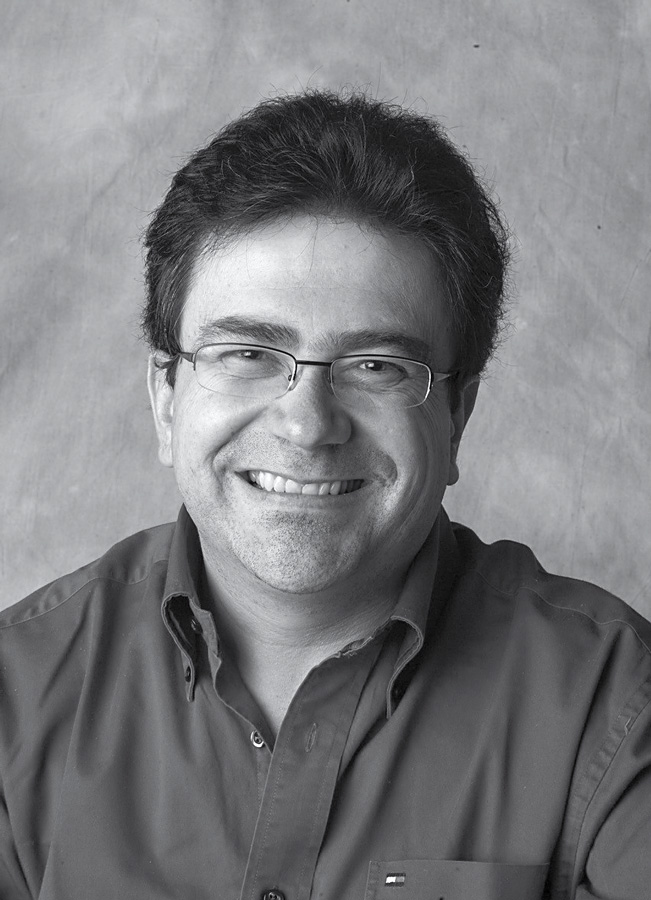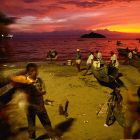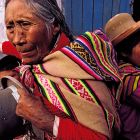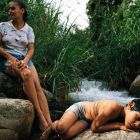Pablo Corral Vega
The hymn of the Andes
Accustomed to seeing his pictures published in prestigious American magazine National Geographic, Pablo Corral Vega, a master of colour photography, has never lost sight of the mission he set himself on entering the profession: “I’ve always wanted to be a witness to the world, its diversity, its beauty. What fits naturally with me is relating culture and daily life, human beings in their simplest and noblest condition.” As a young boy growing up in the Andes, from the age of five he would go fishing, sometimes with his father and always with his camera. And recently the Ecuadorian photographer again set off to explore the Cordillera, which soars skywards in a 5,000-mile chain from Patagonia to the Caribbean, the jagged spine of South America connecting countries and cultures.
The Andes form an enchanting, majestic world of their own but, beyond the region’s beauty, what really characterises the photographs in this exhibition is their human presence: the shy smile of a young dancer in a colourful festive outfit, the mature expression of the old native – each wrinkle telling the story of the tough life he has led – or the tired face of a worker after a long day in the notorious Potosí silver mines.
Pablo Corral Vega’s keen eye fits perfectly with the eloquent texts written by Nobel Prize for Literature winner Mario Vargas Llosa, for whom each photograph sparks a poetic meditation. Sometimes he revives a personal memory, and sometimes he lets his imagination take flight, but he always delivers real insight into the Andean spirit, the men and the women that live on the wild coastlines, the highlands or on the lofty, eternally snow-capped peaks in the clouds. “These photographs show people weighed down by centuries of oppression, people who have been exploited and then forgotten, people condemned to live in poor conditions with the constant presence of death. And yet nothing has lessened their zest for life,” the writer is keen to state.
This photographic work conveys a deep sense of place. It shows much more than impressive views extolling the region’s breathtaking beauty, instead offering a full and authentic life experience. Embellishment can be a subtle way of misrepresenting reality, if beauty is a mask designed to conceal the blemishes. Here, the beautiful and the unsightly are closely intertwined and to take away one or other of these aspects of Andean life would produce a caricature or artificial representation. And therein lies the strength of these images: there is always hope, an affirmation of happiness, a patent desire to resist, even against all the odds, even among the humblest and the most exploited.
INFO POINT
Tourist Information Baden
Brusattiplatz 3, 2500 Baden bei Wien
Open during the photo festival:
Monday – Friday: 10.00 – 16.00 hrs
Saturday: 13.00 – 17.00 hrs (June – August)
Saturday: 13.30 – 17.00 hrs (September – October)
Closed on Sundays and public holidays!
Tel: +43 (0) 2252 86800 600
info@baden.at
Festivalbüro La Gacilly-Baden Photo
Tel: +43 (0) 2252 42269
festival@lagacilly-baden.photo







